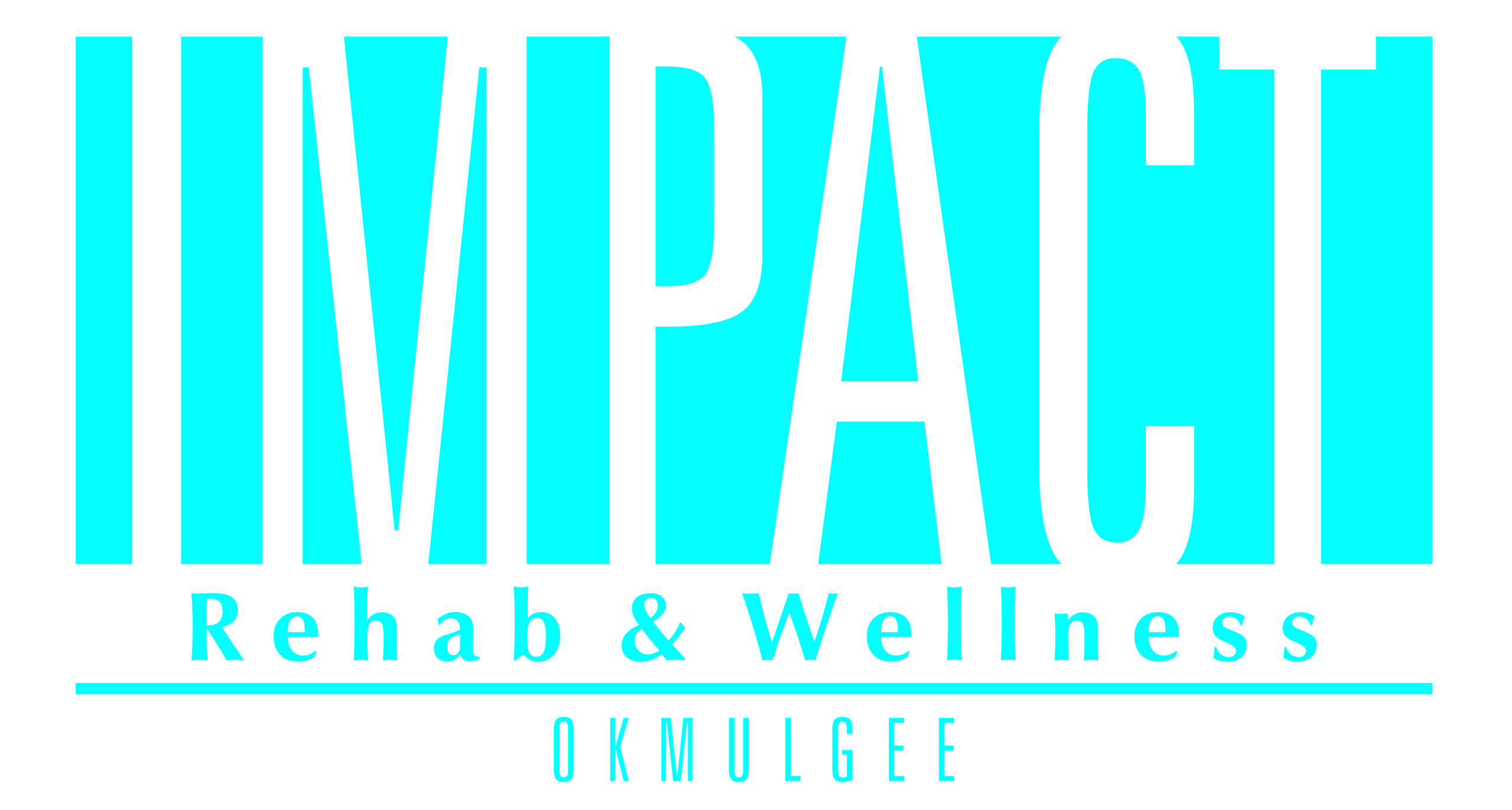Knee injuries, particularly ACL injuries, have been on the rise in youth sports in the last two decades. ACL injuries in female athletes is at almost epidemic levels. Approximately 70% or more of athletic ACL injuries that occur in the United States are considered non-contact. This means they occur during a play in sport without any physical contact from another athlete or entity, other than the ground. If an athlete moves effectively and has sufficient muscle strength and endurance, it’s rare for them to tear their ACL. More often, these tears occur from some combination of the following factors:
Valgus Collapse
This is especially prevalent in female athletes. The Valgus Collapse refers to one or both knees bowing inwards, towards each other, during a squatting or jumping motion. This often stems from weak stabilizing muscles, such as the adductors or glute muscles. This can easily be screened with the step down test. Poor control allows your knee to “fall in” during step down. Good control is when your knee is centered over the foot during the entire movement.
Poor Control with Deceleration
Many athletes in sports that require jumping or change of direction, such as basketball or football, have a tendency to land with poor mechanics. It is that force that causes the knee and ACL to buckle and tear. During optimal landing mechanics, the weight should be on both legs and knees should show no inward movement.
Poor Ankle Mobility
Athletes with very stiff ankles tend to have frequent knee injuries. This is due to their inability to flex and load their landing mechanics properly. Dorsiflexion, or the ability of your foot to flex upwards, is crucial to the ability to absorb force when landing, sprinting and cutting. When an athlete has limited range of motion at the ankle, the knee has to absorb the excess force. This can over-stress the knee and lead to injuries and ACL tears. Adequate closed-chain dorsiflexion is 40 degrees of motion. You should be able to get your knee to the wall from 5 inches away.
Poor Hip Strength & Mobility
Most ACL injuries occur in deceleration or landing situations in sports. One of the keys to effective landing and deceleration is the ability to absorb force via loading at the hips. However, athletes with weak or immobile hips have great difficulty with higher levels of force. They tend to land on a stiff leg or with an over-bent knee. Both of these can lead to excessive force on the knee and a potential ligament tear.
Contact Us
If you’re worried that you, or your child, are at risk of an ACL injury, give us a call. We can walk you through these simple tests to make sure you’re not at risk. It’s a free assessment and could save you from a serious injury!
